Zihuatanejo mission
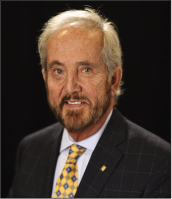
As the plane climbed upward out of Zihuatanejo, circling for a final view of the beautiful Zihuatanejo Bay before heading east toward Mexico City and Oaxaca, I reflected on an inspiring week of dental mission.
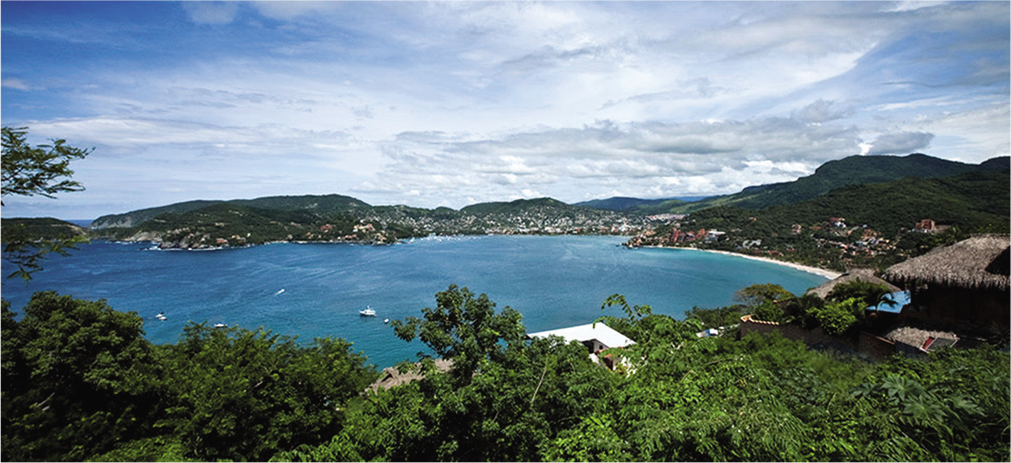
Children from Octavio Paz and one other school were given the best of what dentistry has to offer. When I remembered the smiles of Gracias, the hugs of appreciation by these beautiful children, these wonderful memories of children I will never see again tugged at my heart and tears welled up. I was consoled in the possibility that perhaps a seed, some imprints of love and their being loved through our work, and a positive dental experience in the dental chair will remain with them for a lifetime, to improve their health and make them better patients.
As I looked down on the lush green terrain we were passing over, I saw village after village, some very isolated, some by rivers. The thought occurred to me, of how many other kids out there need help in the same way: Millions. I realized what we had done is only a drop in the bucket, barely a scratch on the surface of huge need. I also realized we need more drops for the bucket, and that by working together, the task becomes much easier.
Zihuatanejo (population under 70,000, and 10 km sq/4 sq mi) is located in the large Southern Mexican state of Guerrero (pron. ge’rero), one of the poorest states in the country, and is the fourth largest city in that state, after Acapulco, Chilpancingo (capital), and Iguala. It is one of 31 states in the Mexican Union which with Distrito Federal containing Mexico City, comprise the 32 Federal Entities of México. The state was named after Vicente Guerrero, one of the most prominent leaders in the Mexican War of Independence, and second president of Mexico. It is the only Mexican state named after a president and did not exist until 1849, when it was carved out of territories of three neighboring states: Mexico, Puebla, and Michoacán. Tourism is the single most important economic factor of the state and Acapulco’s tourism is important to the nation’s economy as a whole. However, other sources of employment are scarce in the state, which has caused its ranking as one of the poorest states and number one in the emigration of workers to the United States.
Zihuatanejo and Ixtapa are sister coastal cities northwest of Acapulco. Ixtapa is a government-planned tourist resort that was begun in the early 1970s and constructed on what was once a coconut plantation and mangrove estuary. Ixtapa boasts exclusive resorts, restaurants, and shops. On the other hand, Zihuatanejo, which is lined up with folk art shops boutique hotels, and Seafood Palapas, could not be more radically different. While Ixtapa is openly a purpose-built, sanitized version of Mexico, Zihua, as it is affectionately called, is the real deal: It is a Pacific paradise of large round bay, beautiful beaches, friendly people, and an easygoing lifestyle. Until the 1970s, Zihua was a sleepy fishing village best known as a hideaway for pirates, hippies, and fictional excons. Tim Robbins and Morgan Freeman escaped here to live out the simple life in the Shawshank Redemption. Today, it still maintains its historic charm with narrow cobblestone streets hiding wonderful local restaurants, boutiques, and artisan studios. Traditional tile roofs and awnings have remained, and along the beach is Paseo del Pescador with a view of the beach, the beautiful bay, and fishermen selling their catch in the mornings.
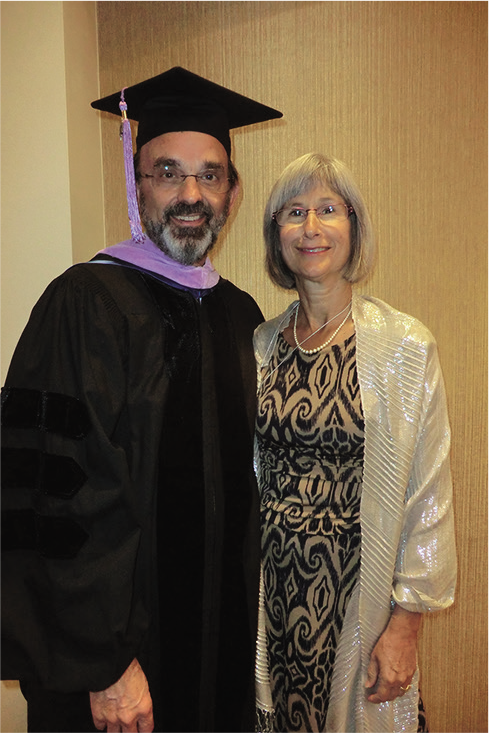
This project is organized by Greg Psaltis, DDS, FADI, a new Fellow in ADI (www.adint.org) from the San Antonio Class of ’14, and from Olympia, WA. He and wife Mary Ellen have made an impressive impact on one particular school, Octavio Paz, and have become Padrinos, even attending their graduation in July. This school had a catastrophic event when their buildings fell down due to heavy rains, and they now hold classes in temporary tented rooms. Dr. and Mrs. Psaltis have traveled there for the past 8 years to provide specialty pediatric dental care for those students whose parents cannot pay for dental treatment. They have another similar/ different project in Cabo San Lucas, Baja California Sur, the southern and newest of the two Baja states. The Zihuatanejo Project was begun 11 years ago by Dr. Ted Vento, and a list of multiple volunteers deserves credit for continuing this important project.
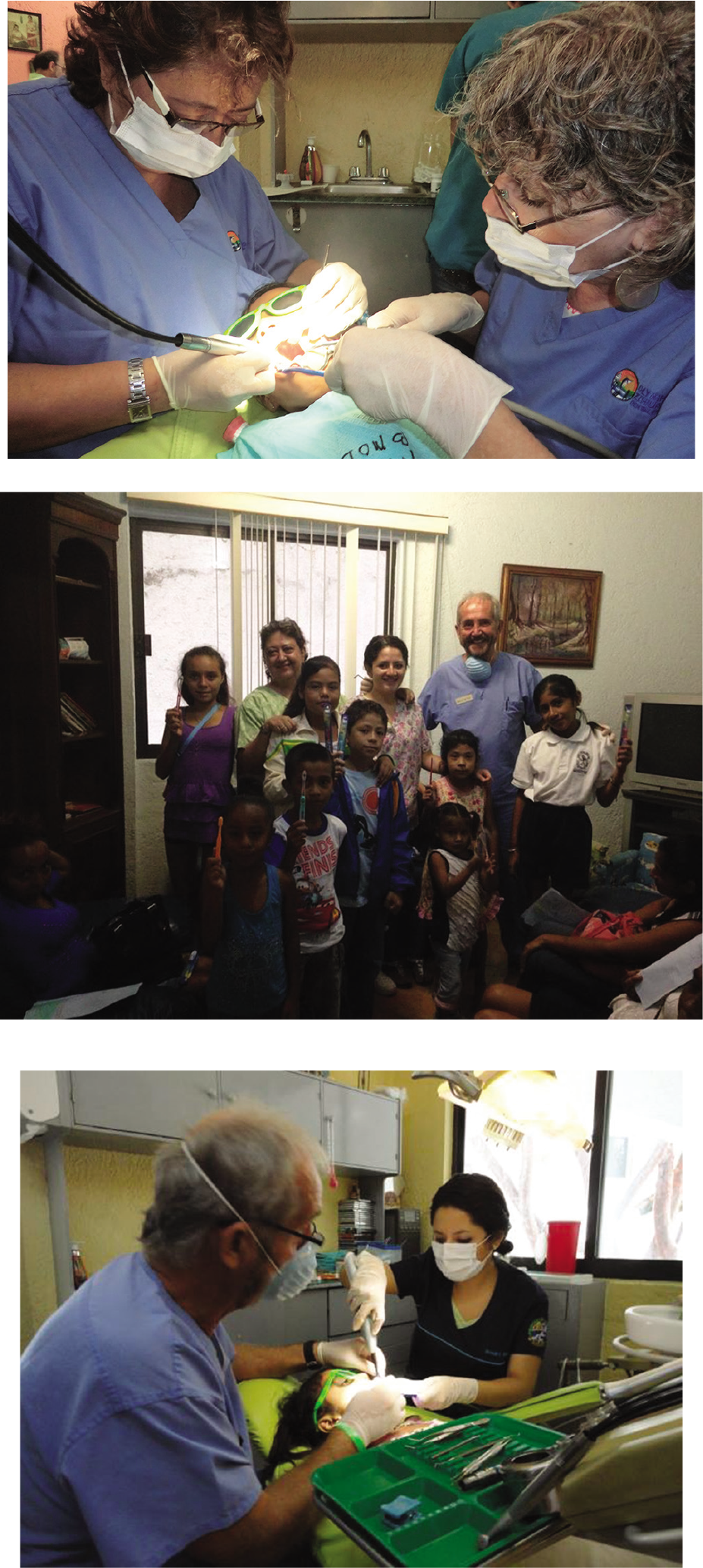
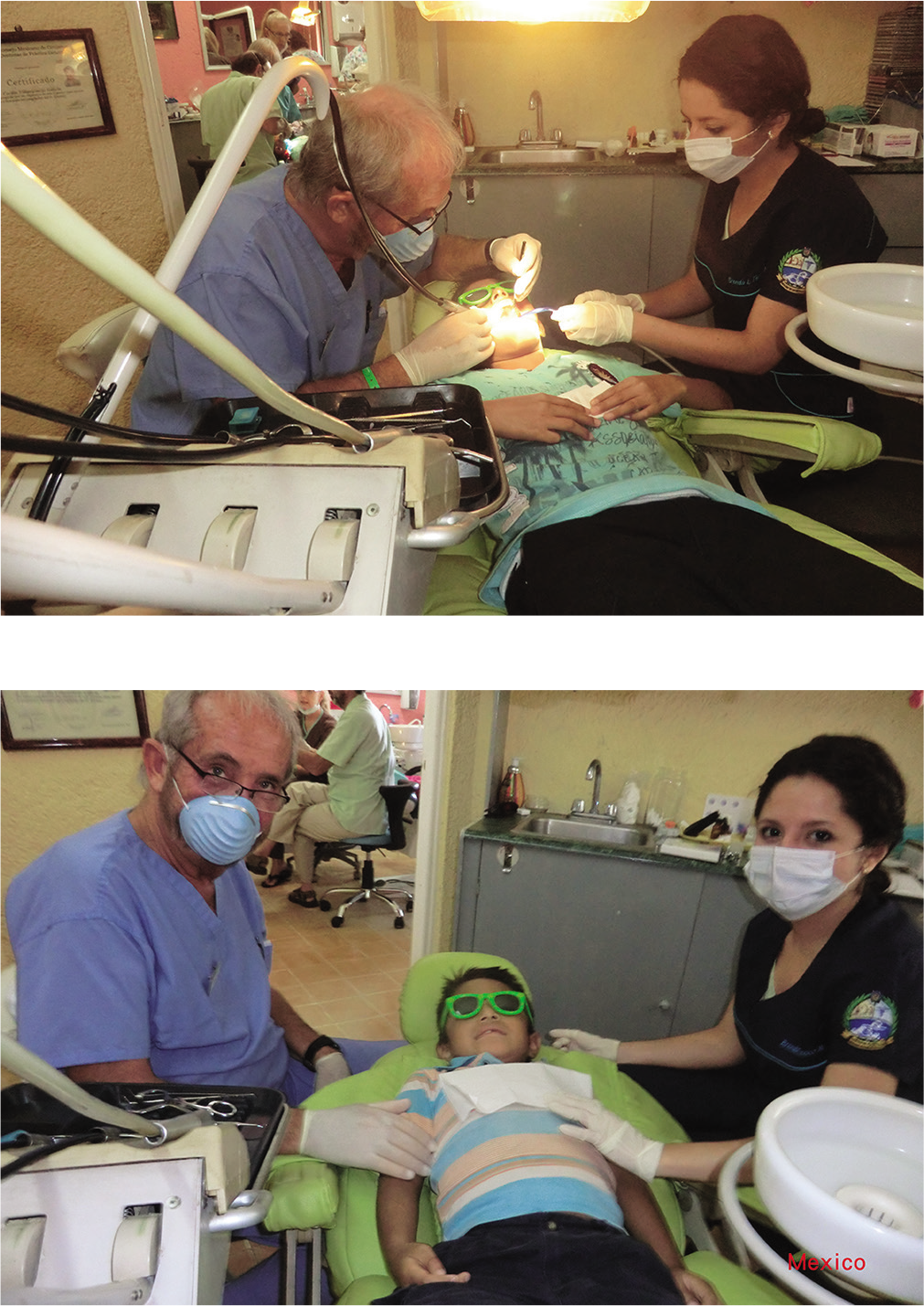
The remarkable thing about this school, according to Dra Cecilia Villavicencio who coordinated locally and whose office we worked in, is that many of the families come from the mountains great distances to have their children study. Since many families are indigenous Nahuatl and come to the area during tourist seasons to sell their goods, some of the students must learn Spanish while in school, from their native language. Some travel up to 8, 10, or 12 h away from Zihua and the school.
This year we were able to work together, along with three Mexican dentists, one, Dra Cecilia Villavicencio, whose two chair office we were able to use to treat patients. Dra Brenda Manrique (from Morelia) and Dra Coquis Manzo (from Cuernavaca) came from distances to assist in this international group effort, and first class treatment was provided to poor students from two schools. The experience in the office of Dra Cecilia Villavicencio was exhilarating and inspiring. These beautiful children accepted treatment for the most part. Hugs and smiles and Gracias were part of the goodbye as they left. Every day I made a point of going to the waiting room declare to their parents how beautiful their children are. I received big smiles of pride and Gracias thank you’s from them. Because of her office set up with two chairs and equipment, and with supplies of materials and instruments brought by Dr. Psaltis, more children were able to receive the best treatment possible. The satisfaction of having given our best, of having made a dent in the need, of having touched a few hearts and had ours touched and tugged, is the rewarding experience everyone needs to have, or they will have missed an important part of life. As was said by Churchill, “We make a living by what we get, but we make a life by what we give.”
My personal thanks to Dr. and Mrs. Psaltis for such a great experience, to Dra Cecilia for giving up her office for a week with no income and giving so much more and taking such good care of us. And thanks go to Dra Brenda and Dra Coquis for their technical skill and smooth handling of these precious patients.
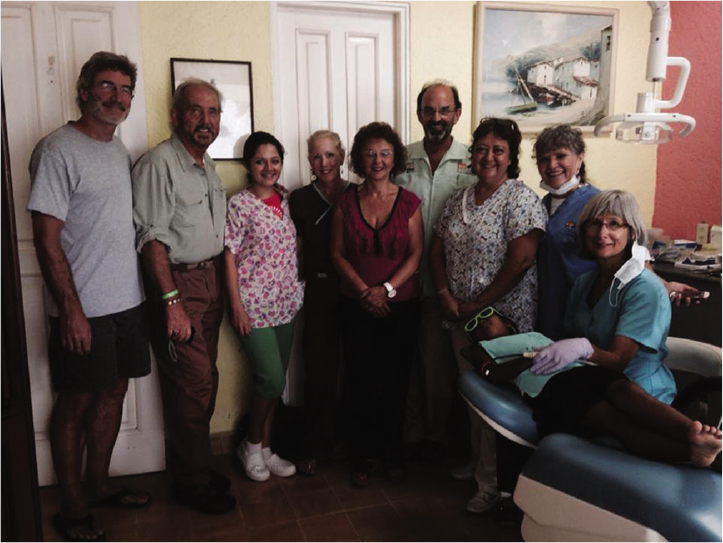
Ronald E. Fritz
Dental Missions, Various, Rancho Santa Fe, California, United States.
*Corresponding author: Ronald E. Fritz, DDS, MPH Dental Missions, Various, Rancho Santa Fe-92067-8881, California, United States. E-mail: ronaldefritz.dds@gmail.com





